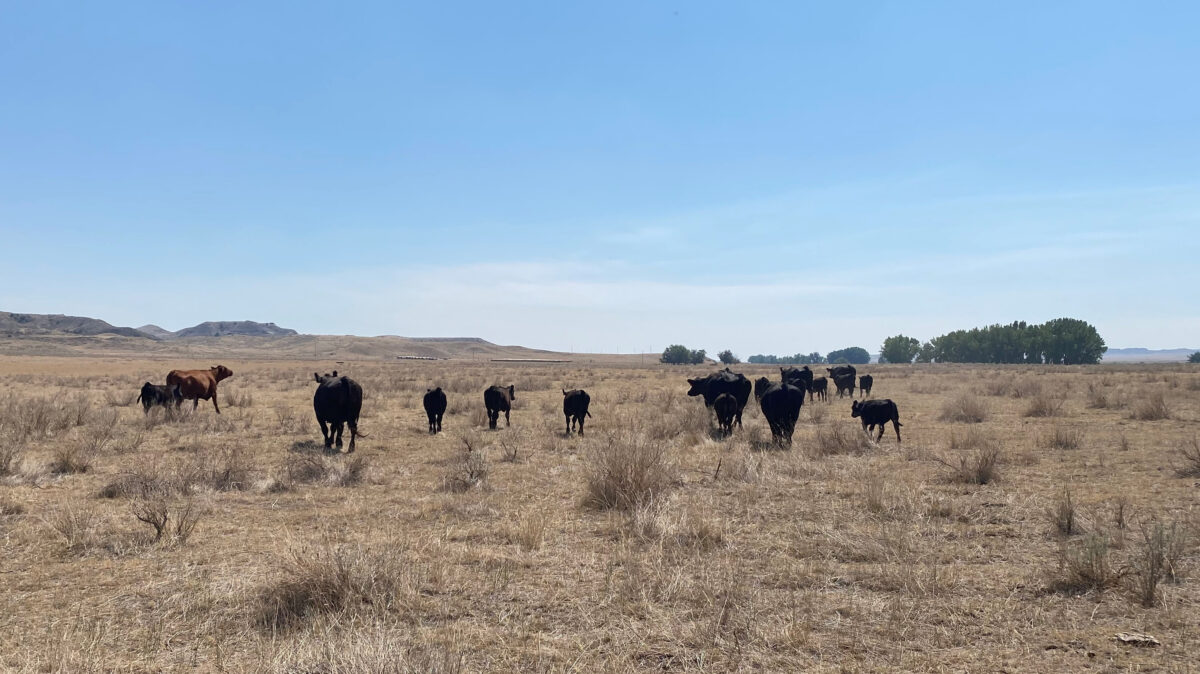Rampaging Natural Disasters
TOPICS
WildfiresGuest Author
Special Contributor to FB.org

photo credit: Montana Farm Bureau, Used with Permission
Guest Author
Special Contributor to FB.org
By Stewart Truelsen
“He knew too what it was like to live through a hurricane with the other people of the island and the bond that the hurricane made between all people who had been through it,” wrote American novelist Ernest Hemingway in “Island in the Stream.” Hemingway’s home and museum in Key West, Florida., survived Hurricane Irma.
In monstrous storms like Hurricanes Irma and Harvey, people feel powerless and awestruck by nature’s destructive forces. They shift into survivor mode, protecting life first, property second. Neighbors help neighbors to safety, and first responders work tirelessly to rescue and evacuate residents. Hemingway was right: Hurricanes create a unique bond for survivors.
Farmers and ranchers are too well-acquainted with natural disasters—from silent yet devastating droughts to relentless storms. The Agriculture Department’s Farm Service Agency lists 12 different kinds of natural disasters that can impact farms and ranches. Every year without exception there is a natural catastrophe affecting U.S. agriculture in one or more parts of the country.
Farmers and ranchers are too well-acquainted with natural disasters—from silent yet devastating droughts to relentless storms.
Harvey, Irma, Maria and western wildfires make this year extraordinarily bad, and the costliest hurricane season ever by far. It was the first time in recorded history that two Category 4 or higher hurricanes struck the U.S. mainland in the same year, followed by Hurricane Maria directly hitting Puerto Rico.
It will take some time to accurately assess the agricultural losses, which could easily be in the billions of dollars. Across Florida’s citrus orchards, wind gusts of 60 to 80 miles per hour knocked green fruit off the trees and left many standing in water. Sugar cane was flattened. Livestock pastures were flooded and many farm buildings and fences were destroyed or damaged. In Texas, cotton farmers and livestock producers were especially hard hit. Puerto Rico lost a third of its plantains and coffee crops to Irma. What was left fell victim to Maria.
American agriculture cannot afford to lose these farms. Farmers and ranchers need immediate disaster assistance to get on their feet again. Much of the agriculture affected is not transferrable to other parts of the country and is too important to the economy to let farmers call it quits. Nor is it in their nature to do so.
The environmental damage from the recent hurricanes and the wildfires is enormous, and highlights how misdirected some of our environmental regulations are when farmers are penalized for normal farm activities.
Under the previous administration, the Environmental Protection Agency and the Army Corps of Engineers tried to redefine “waters of the United States” in the Clean Water Act to regulate activities on dry land and over remote, isolated wetlands. Recently, in California, a farmer was sued by the Corps for plowing a wheat field without a permit, because they insisted he had disturbed a protected wetland. The case resulted in the farmer paying a million dollar fine to settle.
What sense does this regulatory overreach make when there are much bigger issues to address, and when hurricanes like Irma and Harvey chew up square miles of land and dump toxic runoff in the ocean? And no, these hurricanes didn’t have a permit. While farmers can’t control the weather some disasters can be avoided with better policies that allow them to manage the land. In Montana, wildfires have been aided and abetted by Forest Service policies that limit grazing and logging, causing fuel to build up. The EPA, Corps and other federal agencies should put more emphasis and resources into mitigating the environmental damage from natural disasters and preventing them where possible.
Stewart Truelsen
Freelance writer
Stewart Truelsen is a food and agriculture freelance writer and a regular contributor to the Focus on Agriculture series.